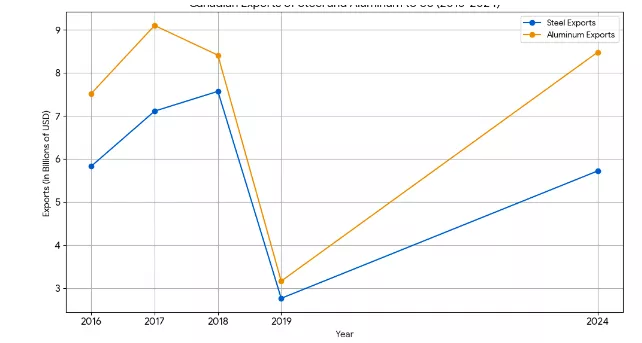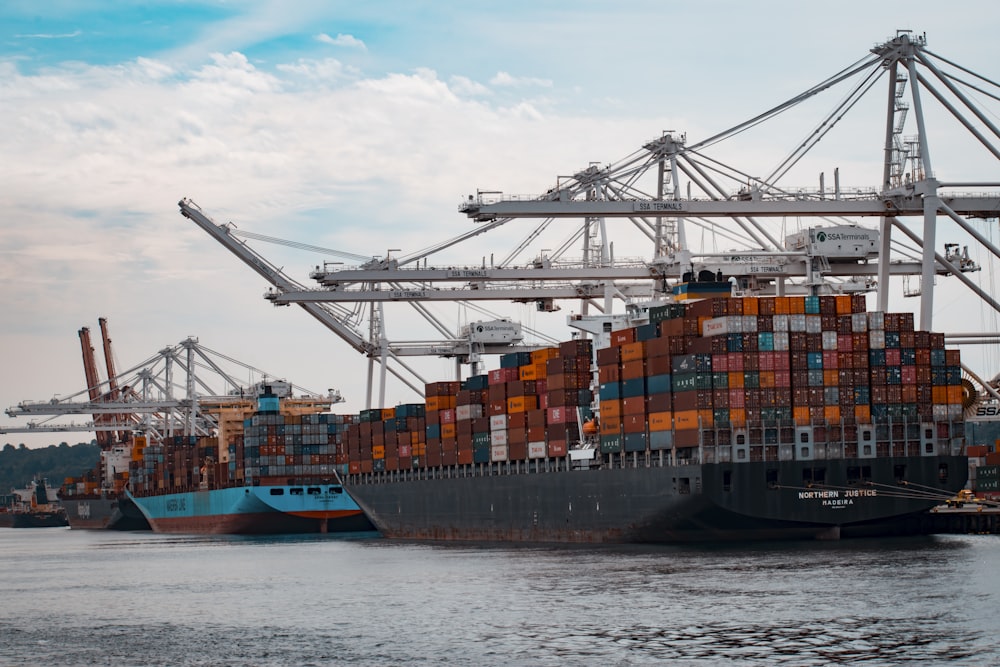Understanding Canada’s Decision To Remove Retaliatory Tariffs On U.S. Imports
Image Source: Unsplash
Canada’s decision to lift its retaliatory tariffs today may seem that Canada can no longer pursue a strategy of “elbows up” when comes to trade negotiations with the Trump administration. “Elbows up” refers to a form of aggressive play in hockey and has become a national slogan to signify the fight against US tariff pressures. Today, Prime Minister Carney announced Canada will lift many retaliatory tariffs on U.S. imports that fall under the free trade agreement between the two nations.
The tariffs removed today were those imposed on some U.S. goods covered by the United States-Mexico-Canada (USMCA). This agreement applies to approximately 85% of goods exchanged between the two nations. The US already has a series of tariff exemptions for Canadian imports under the trade pact, and now Canada is “matching” those U.S. exemptions already in place.The retaliatory tariffs were initially introduced in March 2025, under the Trudeau government, imposing a 25% tariff on a wide range of American products. Removing these tariffs now allows Canada to re-instate free trade on host goods travelling across the border.
This decision to lift retaliatory tariffs was an easy one to make because it now means that the U.S. effective tariffs across the board is approximately 6% on the total bilateral trade. With so much of trade covered under USMCA, there are few industries that are not exempted from US tariffs.However, those industries not covered by USMCA are, indeed, very significant to the well-being of the Canadian economy. Now comes the hard part to negotiate lower tariffs for these industries.
Lumber. The U.S. and Canada have decades - old dispute regarding Canadian exports of softwood lumber. The U.S. claims that Canada subsidies its softwood industry with low stumpage fees charged for harvesting lumber from government land. The Americans have imposed anti-dumping fees and countervailing duties on Canadian softwood lumber for many years. Currently, the combined US duties and tariffs amount to 35%. Canadian jobs are under attack, and the Carney government announced several measures to lessen the impact at home, including low-cost loans to the industry and adjustments to easy worker layoffs.
Steel and Aluminum. The Trump administration has taken a very hard line on steel and aluminum imports, citing national security concerns. There is considerable opposition in both countries to these tariffs on national security grounds, but to no avail. The U.S. has imposed a 50% tariff on Canadian steel and aluminum imports. The tariffs apply to all products, regardless of where any meet the USMCA rules of origin. Clearly, the U.S. is highly protective of its domestic industry. The Canadian steel and aluminum industries are suffering under the weight of these tariffs. In turn, Canada continues to impose retaliatory tariffs on these two industries, while anticipating the next round of negotiations. Unfortunately, these industries on both sides of the border are contending with higher-than-normal costs while negotiations continue.
Figure 1 Canadian exports of steel and aluminum to U.S.

Other products. For goods not covered by the USMCA or any other preferential treatment, the U.S. applies the International Emergency Economic Powers Act to slap on tariffs ranging from 25% to 35%. Examples are tariffs on specific agricultural products, textiles and apparel. Use of these emergency powers are under court challenges in the U.S.
Where are all these tariff maneuvers headed.? Canadian overall tariff rate is the lowest of any country, mainly because of the existing free trade agreement. Nonetheless, Canadahas many cards to play to play in the upcoming negotiations. We continue to supply the U.S, with agricultural products, with steel and aluminum products and, of course, significant quantities of oil, gas and electricity. Moreover, the existence of abnormally high tariffs, ranging from 30% to 50%, allows for the Americans to back down considerably. We have witnessed Trump dropping tariffs affecting other nations as his modus operandis.
More By This Author:
Trump’s Shakedown Tactics Don’t Faze CanadiansThe Israeli Economy Defies Normative Economics: The Aftermath Of War
Canada Is In No Rush To Make A Long-Term Trade Deal With U.S.




